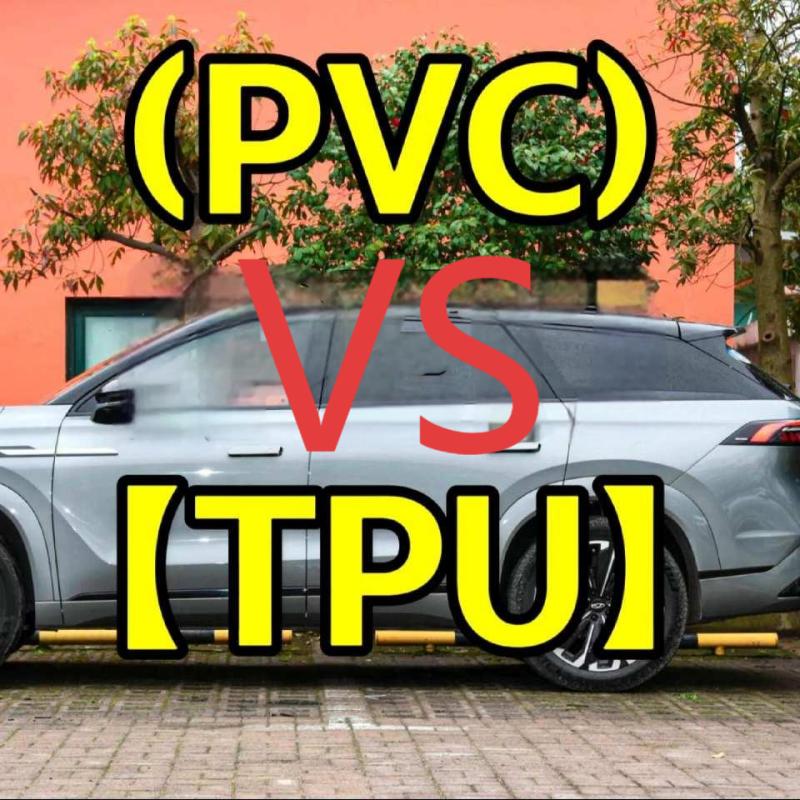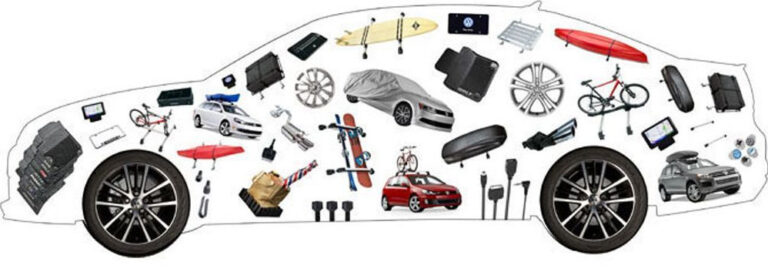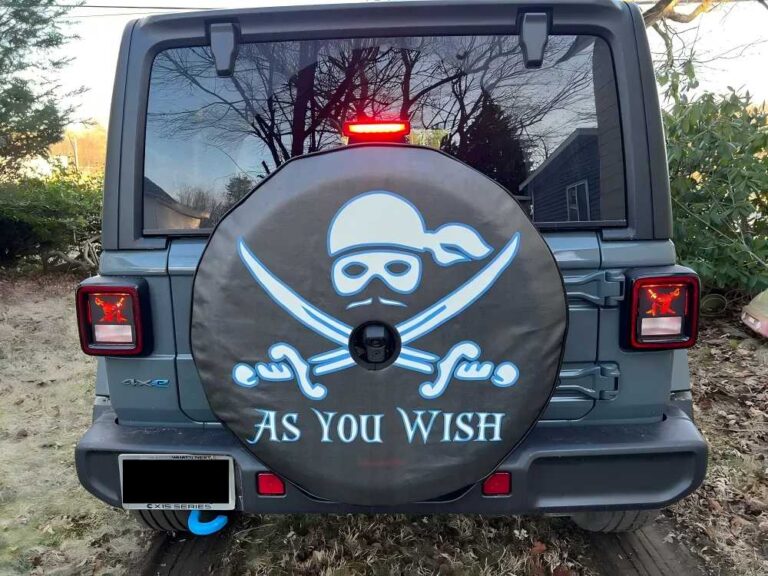-
Xingming Road, Yanyuan, Xingtan, Shunde, Foshan, Guangdong

TPU vs PVC in Auto Industry: Performance & Eco Impact
Abstract:
Under the fad of lightweight and environmental protection in the automobile sector, TPU (thermoplastic polyurethane) and PVC (polyvinyl chloride), as two mainstream polymer materials, have actually become the emphasis of industry attention due to their performance distinctions. This article deeply examines the advantages and disadvantages of both in the area of automobile components from six measurements: chemical framework, physical buildings, environmental management, processing price, application situations and market potential customers, and explores the direction of future material option in mix with reliable study and company method.
1. Chemical framework and synthesis process: essential differences in molecular design
TPU is composed of rotating tough sections (isocyanates and chain extenders) and soft sectors (polyols), which provide it high elasticity and wear resistance. This framework allows it to stay stable under mechanical stress and anxiety, especially for automobile parts that are frequently flawed (such as shock absorbers and seals). PVC is mainly polymerized from plastic chloride monomers and consists of a lot of chlorine atoms. Although it has fire retardancy, its molecular chain is relatively inflexible and quickly fragile at reduced temperature levels.
Argument support:
The synthesis of TPU needs two steps, prepolymerization and chain expansion, which is complex but manageable in performance; PVC is generated with simplified procedures such as suspension polymerization, which is less costly.
2. Physical residential properties: elasticity, weather condition resistance and functional expansion
- Elasticity and put on resistance TPU has a tensile stamina of approximately 70MPa and a prolongation at break of up to 1000%, much exceeding the hardness-dominant home of PVC. For instance, TPU vehicle covers can resist screwdriver slits and self-repair scratches, while PVC cars and truck covers are prone to cracking and can not be recovered.
- Temperature level and chemical resistance TPU has a large temperature level resistance variety (-35 ℃ to 120 ℃) and excellent oxidation resistance, making it suitable for high-temperature atmospheres in engine areas; PVC has a low conditioning point (about 80 ℃) and is quickly warped at long-term high temperatures. Furthermore, TPU is oil-resistant and hydrolysis-resistant (polyether kind), while PVC is quickly hydrolyzed when in contact with water and might rust auto paint on wet days.
Argument assistance:
Experiments reveal that TPU auto covers have no pungent smell when melted, and the residue can be drawn; PVC releases black smoke and hydrogen chloride gas when shed, polluting the setting.
3. Environmental management: the core consideration of lasting development
TPU does not have plasticizers and phthalates, is recyclable, and abide by the EU RoHS requirement. On the other hand, PVC may release dioxins throughout the manufacturing process, is challenging to weaken after disposal, and requires expert chemical solvents to take care of residual adhesive, which boosts the ecological burden.
Instance citation:
European car firms have actually progressively eliminated PVC insides and changed to TPU/PP alloys to reduce VOC (volatile organic compound) exhausts in the vehicle.
4. Processing cost and market acceptance: a video game of cost-effectiveness
TPU raw material expenses are fairly high, and handling calls for exact temperature control equipment, yet its long life (7-10 years) decreases the overall expense of usage. Although PVC is low-cost at the start, it is easy to yellow and has a short life (1-3 years), and regular substitute will raise costs.
Information contrast:
Taking unnoticeable auto cover as an example, the ordinary day-to-day cost of TPU is just 1/3 of PVC, and it can increase the illumination of car paint by 30%, and it likewise has the function of keeping worth.
5. Application circumstance differentiation: premium and useful fads
- Premium application of TPU
Interior and safety elements: TPU/PC alloy is utilized for cockpit console to boost impact resistance; TPU long fiber composite material is used for bumper to accomplish lightweight and high rigidness. Surface area security: TPU vehicle cover inhabits the high-end market, and aliphatic TPU substratum can resist UV yellowing and is suitable for deluxe models.
- PVC stock market
Low-priced security: PVC film is made use of for short-lived automobile paint protection or industrial pipes, depending on rate benefits. Certain corrosion-resistant situations: PVC is still the main material for wire insulation layer, water drainage pipeline, and so on, yet its share is squeezed by environmental regulations.
6. Market Prospects: Technological Development and Policy Driven
Around the world, TPU accounts for greater than 15% of automotive applications (Europe and the United States), while China make up much less than 5%, with significant development potential. With the needs of brand-new power vehicles for light-weight and environmental protection, composite products such as TPU/PA6 will certainly replace steel components and minimize energy usage. On the various other hand, although PVC has boosted its flexibility by adding plasticizers (such as TPH), it is challenging to appear the ecological bottleneck and might be restricted to the low-end market in the future.
Market Patterns:
BMW, Tesla and various other auto firms have actually included TPU in the supply chain to promote its application in high value-added parts.
Summary
The competition in between TPU and PVC is essentially a contest in between efficiency upgrade and environmental transformation. With its flexibility, toughness and environmental advantages, TPU is gradually replacing PVC as the mainstream option for automobile accessories, particularly in the areas of premium cars and truck covers, insides and safety and security elements. Nonetheless, PVC will certainly still have a market in details scenarios in the short term as a result of its cost advantage. In the future, with the version of modern technology and the increase in policies, the large-scale manufacturing of TPU is expected to better reduce prices, while PVC requires to expand its life cycle via environmental management enhancements. Car manufacturers and customers require to consider temporary costs and long-term benefits and welcome the green future of product technology.
References:
- Differences between TPU and PVC materials – Lien Industrial
- Analysis of hidden dangers of PVC car film – Autohome
- Application of TPU in automobiles – China Coal Network
- Comparison of invisible car cover materials – Baidu Baijiahao
- Analysis of the advantages of TPU car cover – Weibo
- Color change film material selection – Autohome








